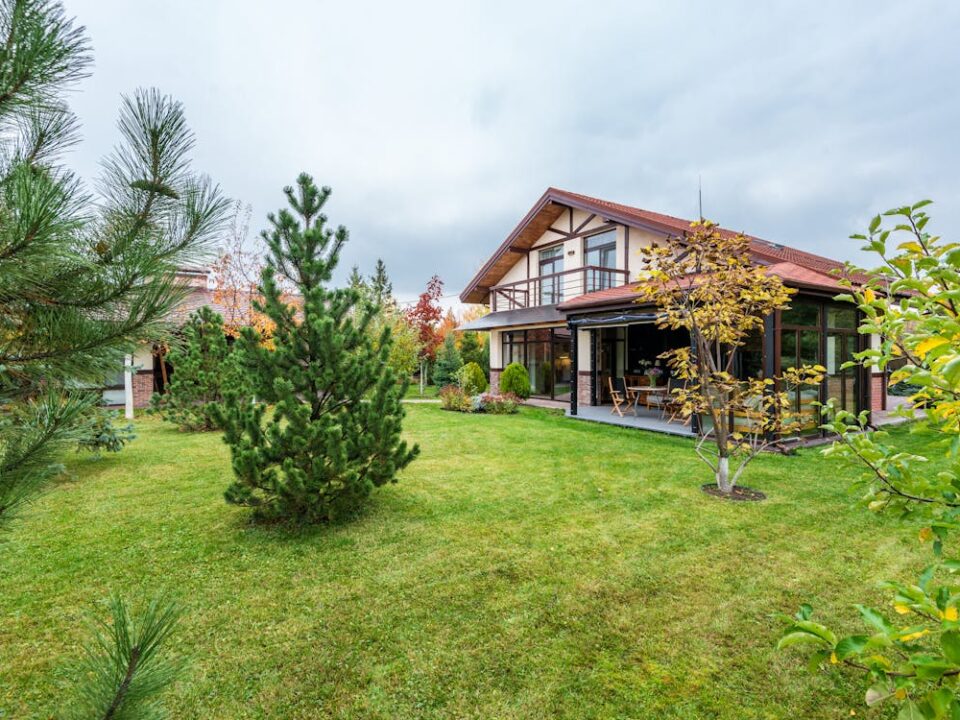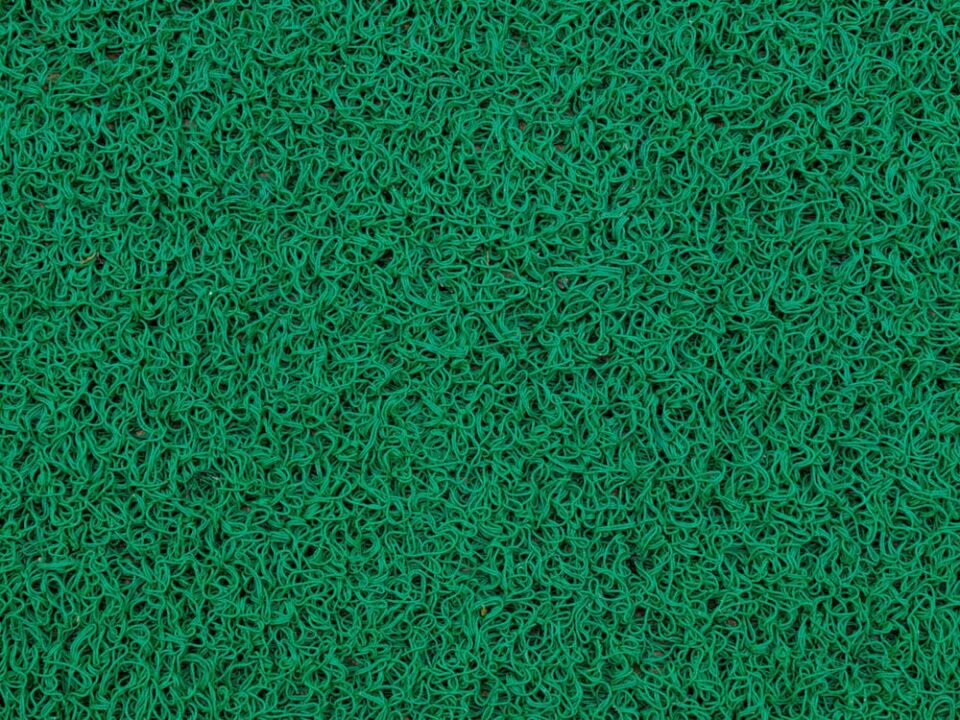

How to Clean Turf
January 29, 2024
How to Care for Your Lawn
February 14, 2024How to Install Artificial Turf
Artificial turf is getting more and more popular because it’s easier to take care of compared to real grass. Whether you want to create a lush green space for your backyard or spruce up a commercial area, installing artificial turf can be a straightforward process with the right tools and knowledge. In this guide, How to Install Artificial Turf; we’ll take you through each step of the installation process to ensure you achieve professional-looking results.
How to Install Artificial Turf: Materials Needed
- Artificial turf
- Decomposed granite or crushed stone
- Landscape staples
- Weed barrier fabric
- Turf adhesive
- Seaming tape
- Turf cutter or utility knife
- Power broom or stiff brush
- Measuring tape
- Shovel
- Wheelbarrow
- Vibratory plate compactor (optional but recommended)
How to Install Artificial Turf: Step-by-Step Guide
1st Step: Prepare the Area
- Prepare the ground by removing any dirt, rocks, or plants using a shovel or sod cutter.
- Make the surface smooth and flat. Consider incorporating a drainage system if needed to prevent water buildup.
2nd Step: Install the Base
- Spread a special cloth over the ground to stop weeds from growing through the grass.
- Evenly spread small rocks or crushed gravel on the ground.
- Use a rake to make the ground firm and flat. If you’re working on a big space, think about using a machine called a vibratory plate compactor to make it even stronger.
3rd Step: Cut and Position the Turf
- Allow the artificial turf to acclimate to the temperature for at least an hour before installation.
- Measure the area and cut the turf to fit using a turf cutter or utility knife.
- Lay the grass over the prepared ground, making sure the grass blades face the way you want them to.
4th Step: Seam the Turf
- When you’re putting down several patches of fake grass, use special tape and glue to stick them together.
- Lay the seaming tape under the edges of the turf and apply a thin layer of adhesive.
- Squeeze the edges together really well and wait for the glue to dry like the instructions say.
5th Step: Secure the Turf
- Once the turf is in place, use landscape staples to secure the edges every 6-8 inches along the perimeter.
- Install additional staples on slopes to ensure stability and prevent shifting.
6th Step: Brush and Fluff the Turf
- Brush the grass in the opposite way it grows using a strong brush. This makes the grass stand up straight and look more natural.
- This step will also remove any debris or excess infill from the surface.
7th Step: Add Infill (Optional)
- Depending on the type of turf you’re using, you may need to add infill to support the blades and provide cushioning.
- Spread the small pieces evenly on the grass, then use a special brush or broom to push them down into the turf.
After Fitting the Artificial Grass
In the days following the installation of artificial grass, it’s important to monitor the turf and take certain steps to ensure its proper settling and maintenance. Here are some key things to consider:
- Allow for Settling: After installation, the artificial grass may need some time to settle and flatten out. Stay off the new grass for a few days so it can settle down nicely without too many people walking on it.
- Check for Wrinkles or Bumps: Keep an eye out for any wrinkles, bumps, or uneven areas in the turf. If you notice any, gently smooth them out by hand or with a stiff brush to ensure a uniform appearance.
- Inspect Seams and Edges: Inspect the edges and seams of the fake grass to make sure they’re well fastened and in good shape. If any seams have come loose or edges are lifting, reapply adhesive as needed and secure them with landscape staples.
- Brush and Fluff the Turf: Use a strong brush or broom to sweep the turf in the opposite direction of its growth. This helps the blades stand up and achieve a natural look, while also redistributing infill and removing any debris that may have accumulated.
- Monitor Drainage: Pay attention to how water drains from the artificial grass surface. Ensure that any drainage systems or grading measures put in place during installation are working effectively to prevent water pooling or runoff issues.
- Address any Maintenance Needs: If the artificial grass requires infill, make sure it is evenly distributed and topped up as needed. Also, make sure to clean up any dirt like leaves, sticks, or animal droppings from the area to keep it tidy.
- Protect Against Pets and Heavy Use: If you have pets or anticipate heavy use of the artificial grass area, take steps to protect the turf from damage. You could try using special turf for pets or put down mats in places where pets walk a lot.
- Regular Inspections: Regularly check the fake grass for any problems or things that need fixing. Fix any issues quickly so they don’t get worse over time.
By taking these steps in the days following the installation of artificial grass, you can help ensure that your turf remains in optimal condition and continues to provide a beautiful, low-maintenance outdoor space for years to come. However, you can also read How to Clean Turf for better caring your turf.
Tips for Installing Artificial Turf
Here are some helpful tips for installing artificial turf:
- Proper Planning: Before you begin, carefully plan out the layout and design of your artificial turf installation. Think about how water flows away, where the sun shines, and if there’s anything blocking the way when choosing the spot.
- Quality Materials: Invest in high-quality artificial turf and necessary materials such as weed barrier fabric, landscape staples, and turf adhesive. Using good stuff means they stay strong and don’t break easily.
- Prepare the Surface: Properly prepare the installation area by clearing it of debris, rocks, and vegetation. Ensure the surface is smooth, level, and properly graded for drainage.
- Acclimate the Turf: Let the fake grass sit and get used to the weather where you live before you put it in. This helps prevent wrinkling or shrinking during installation.
- Cutting and Fitting: Measure and cut the turf carefully to fit the installation area. Leave a small gap between the edges of the turf and any borders or obstacles to allow for expansion.
- Seaming and Adhesive: When putting down several pieces of fake grass, use special tape and glue to stick them together smoothly. Just do what the glue instructions say for putting it on and let it dry properly.
- Secure Edges: Use landscape staples to secure the edges of the turf every 6-8 inches along the perimeter. This stops the grass from moving or coming up, especially when it’s windy.
- Brushing and Fluffing: After you’ve put it in, use a strong broom or brush to sweep against the direction of the fake grass fibers. This helps the blades stand up and achieve a natural look, while also removing any debris or excess infill.
- Proper Infill: If your fake grass needs infill, spread it evenly and brush it into the turf. This helps support the blades and provides cushioning for activities.
- Regular Maintenance: Once installed, maintain your artificial turf by regularly brushing, removing debris, and occasionally rinsing with water to keep it looking its best.
By following these tips mentioned by experts of Ace Landscapes, you can ensure a successful installation of artificial turf that enhances your outdoor space and provides years of enjoyment with minimal maintenance.
Conclusion
By following these detailed steps, you can successfully install artificial turf in your backyard or outdoor space. With good planning and careful work, you can have a nice lawn that doesn’t need much upkeep and makes your outdoor space better. Whether you want a green yard or a place to play, fake grass is a handy option that looks good and is easy to take care of. If you want a expert artificial grass installation services, then do not forget to give Ace Landscapes a quick call.




